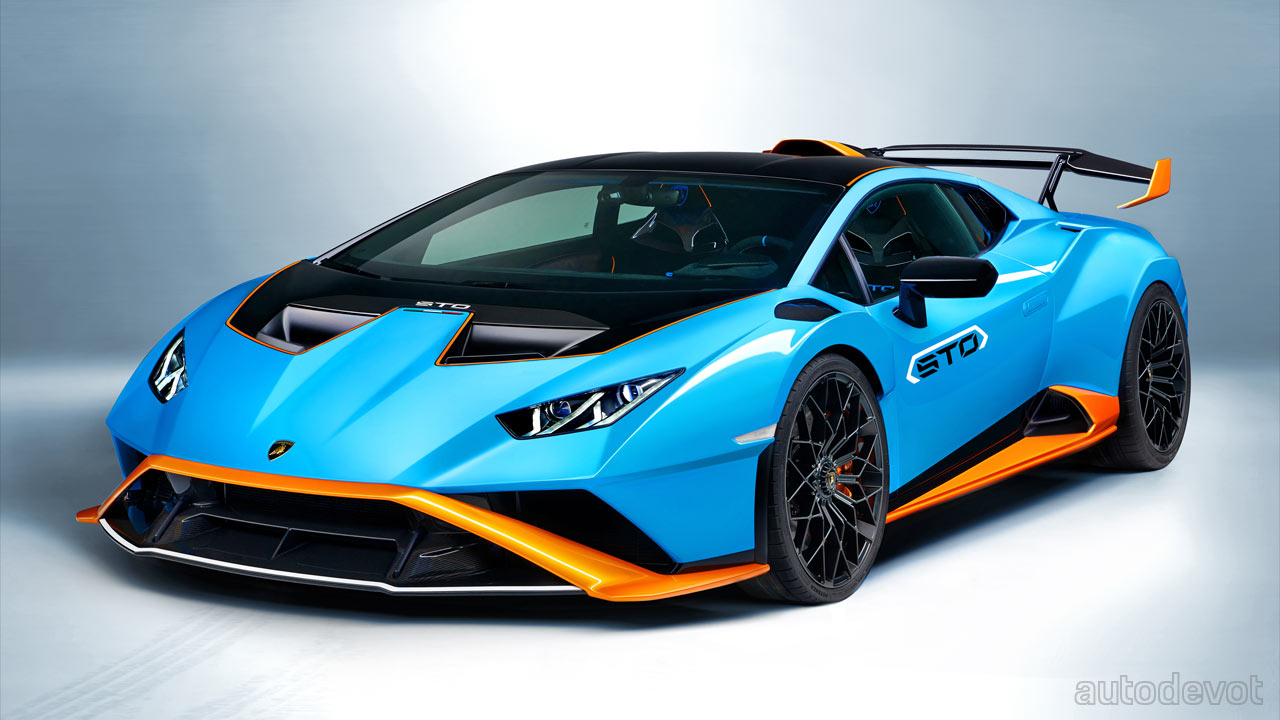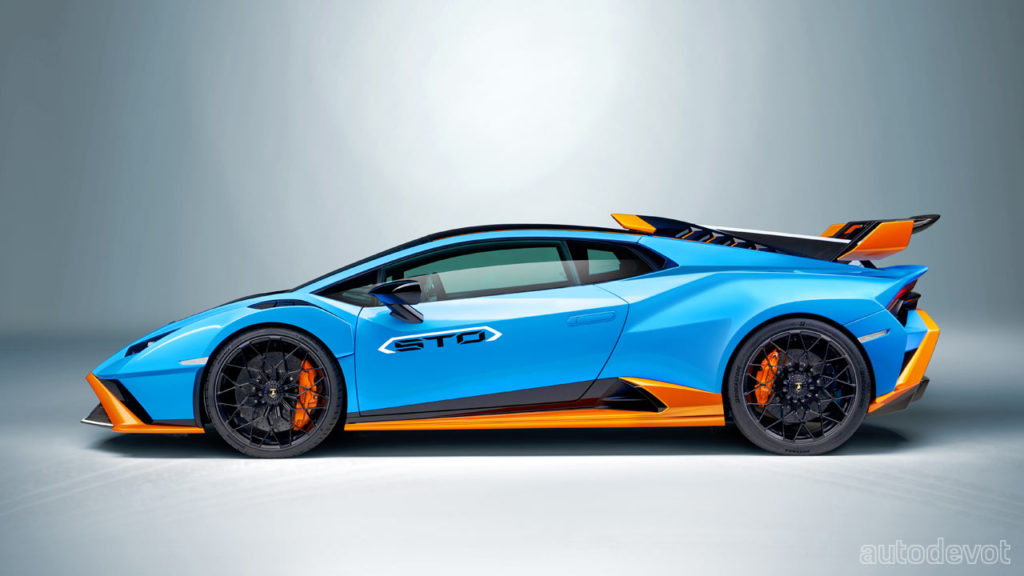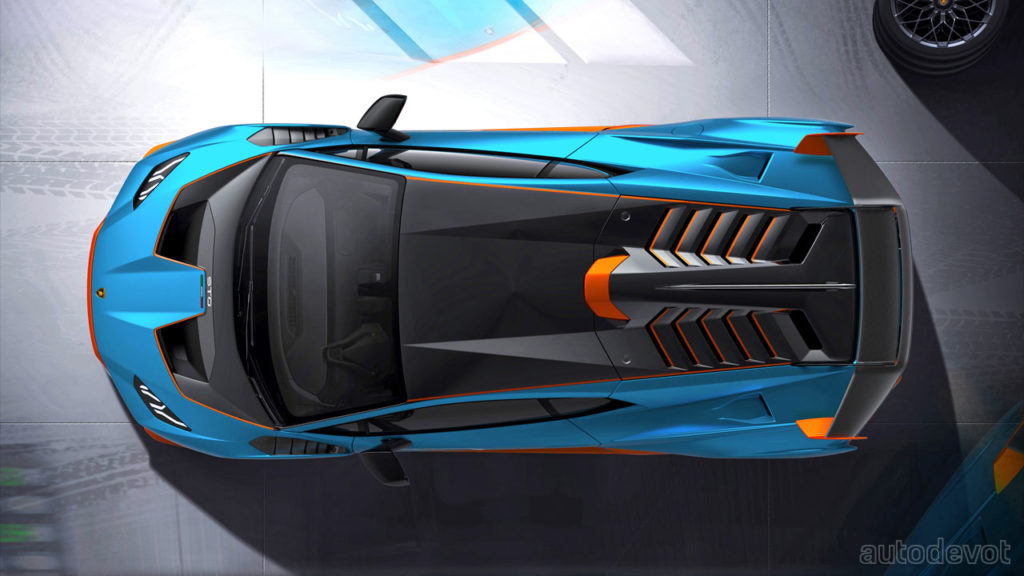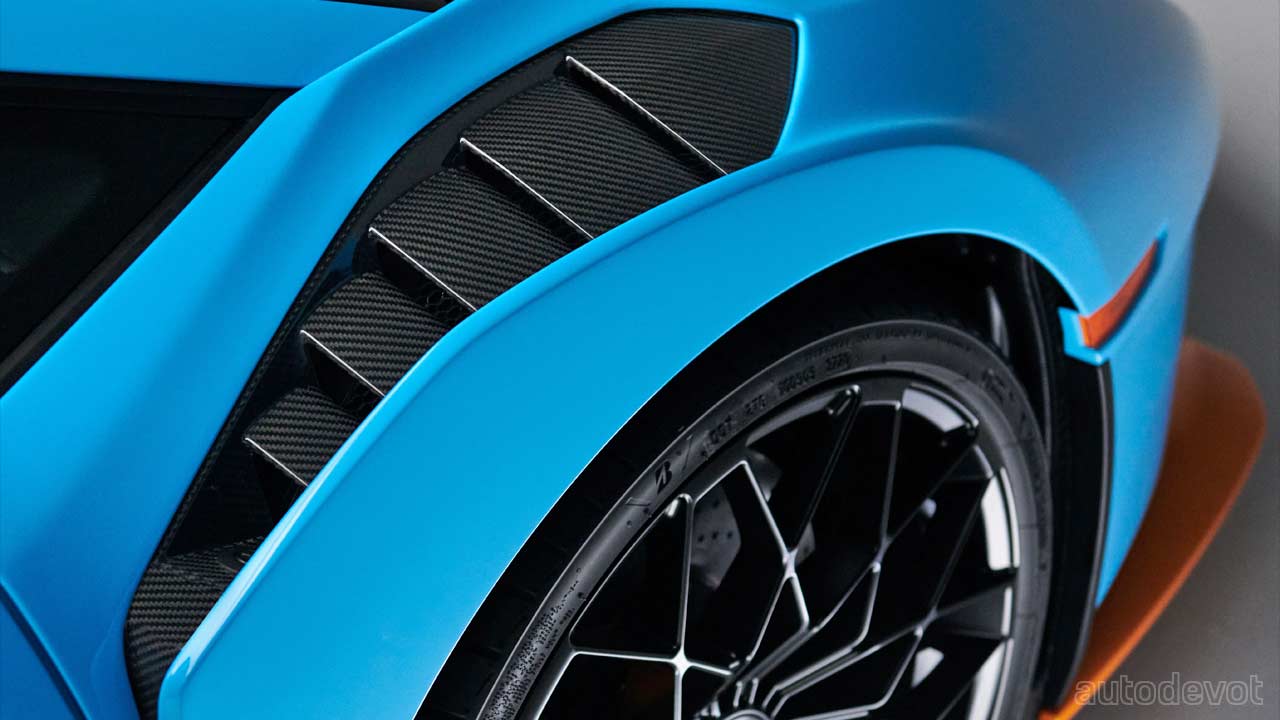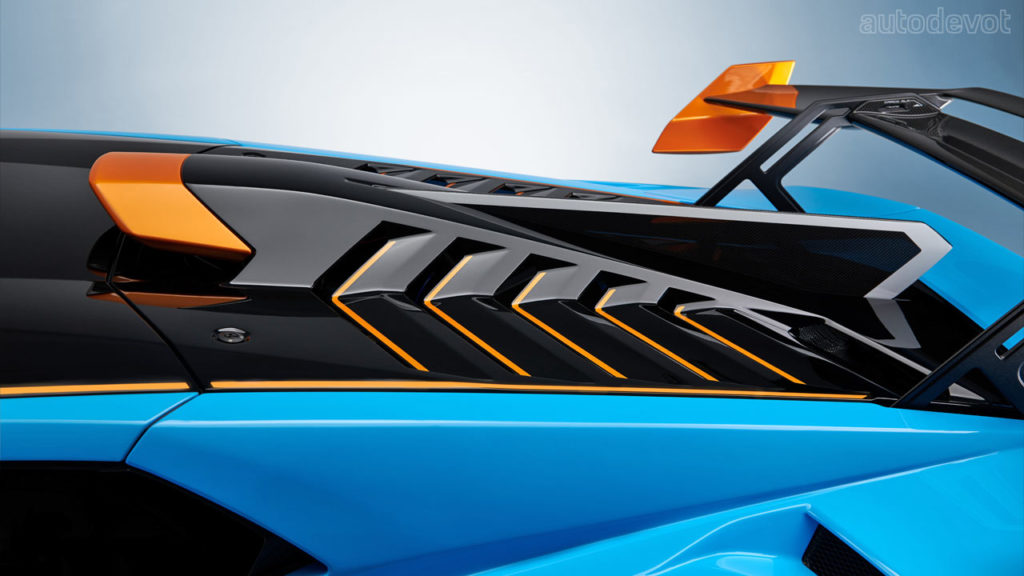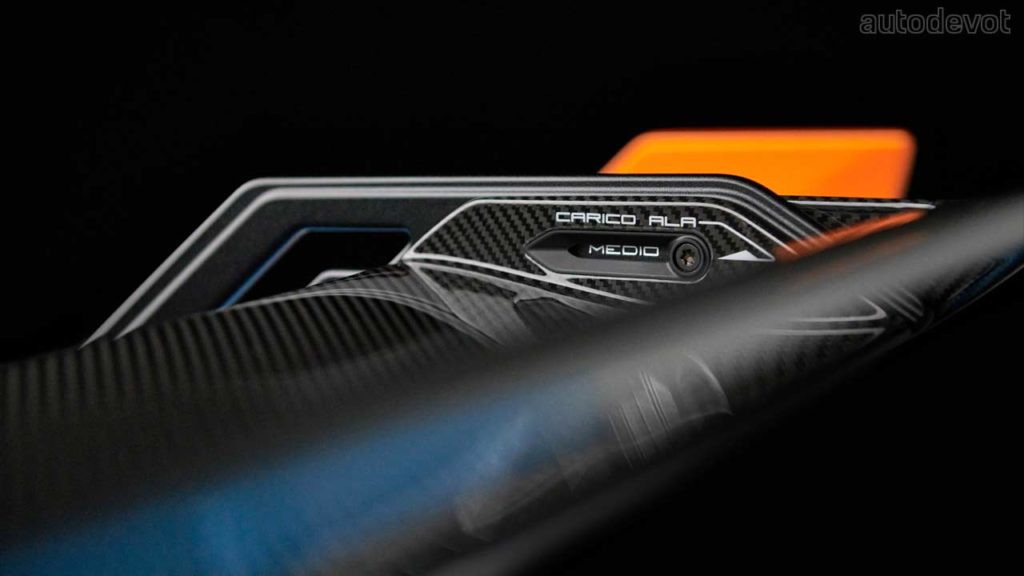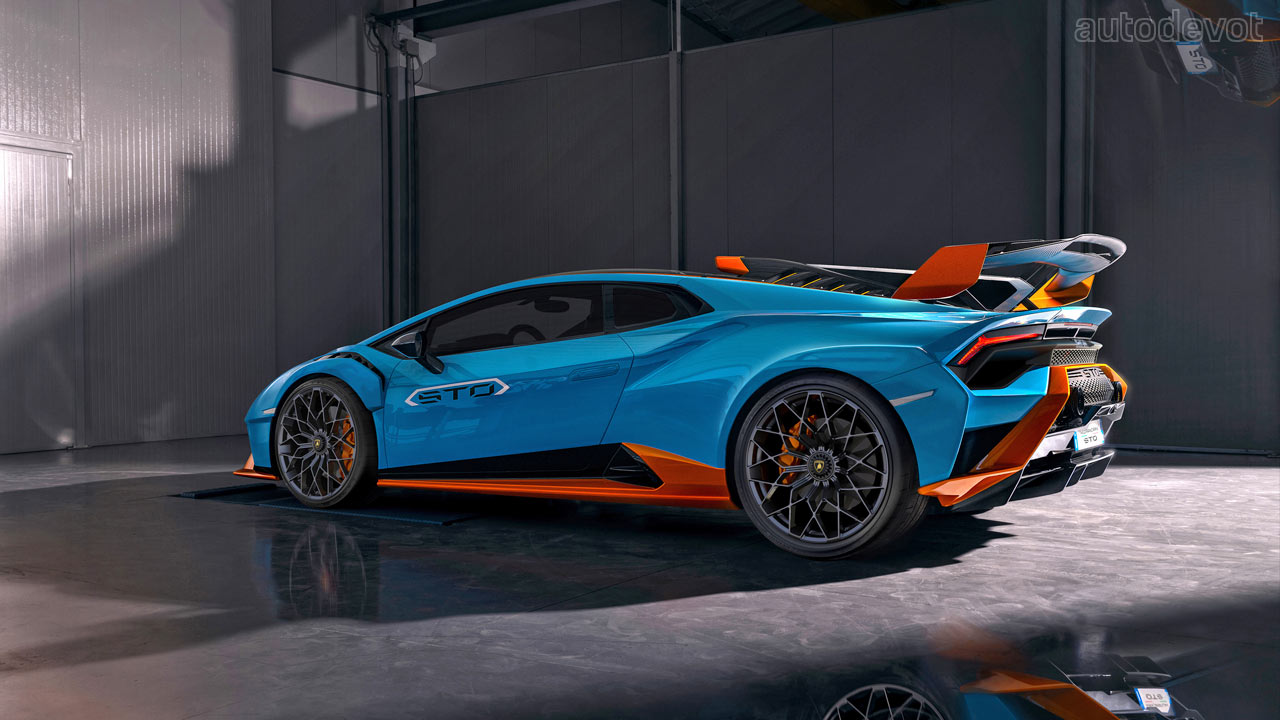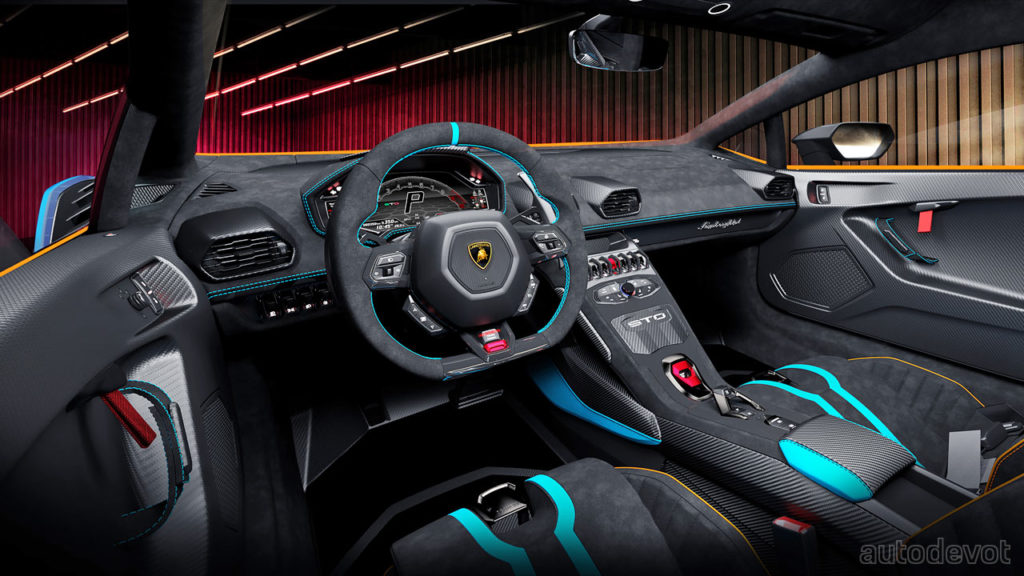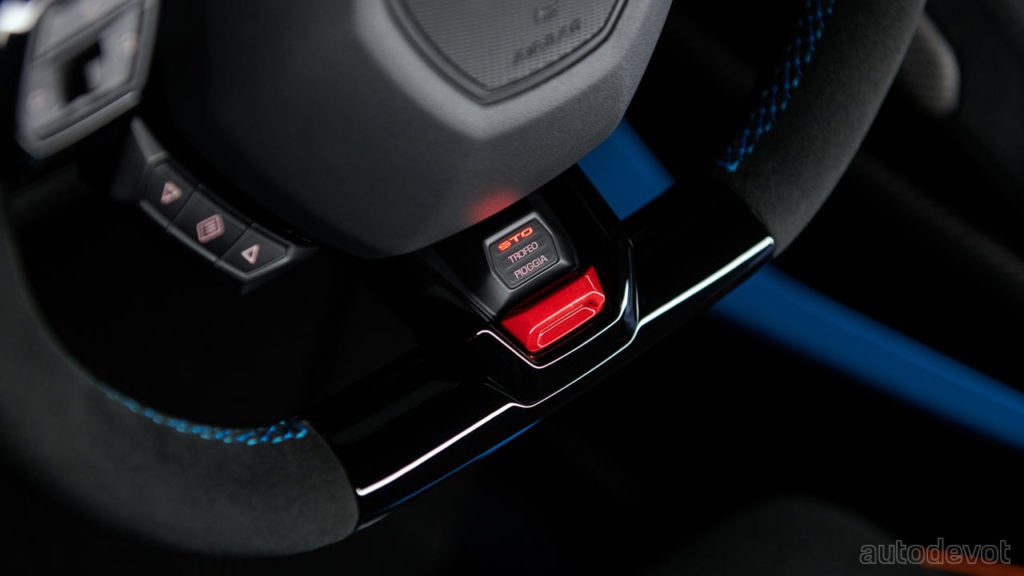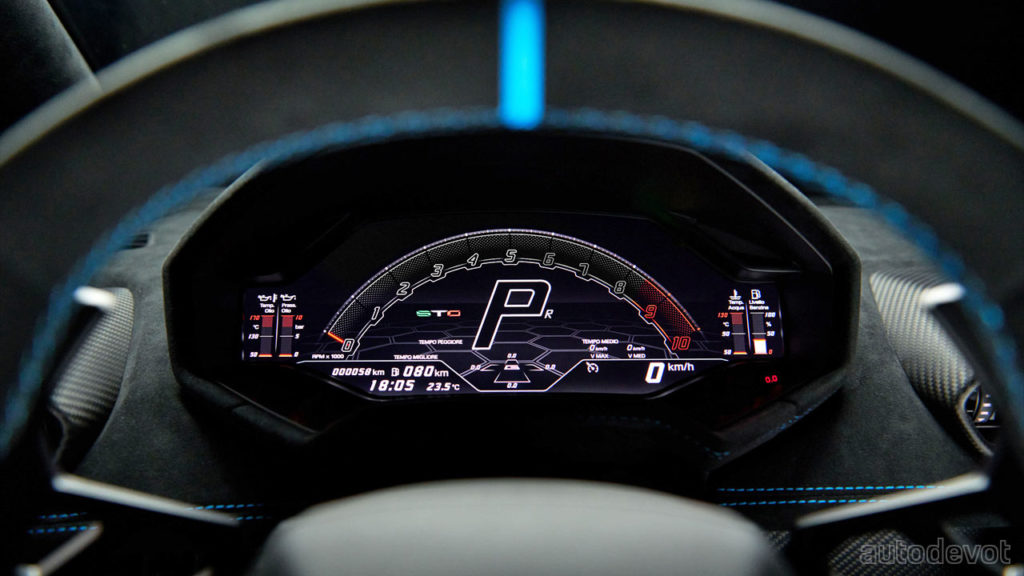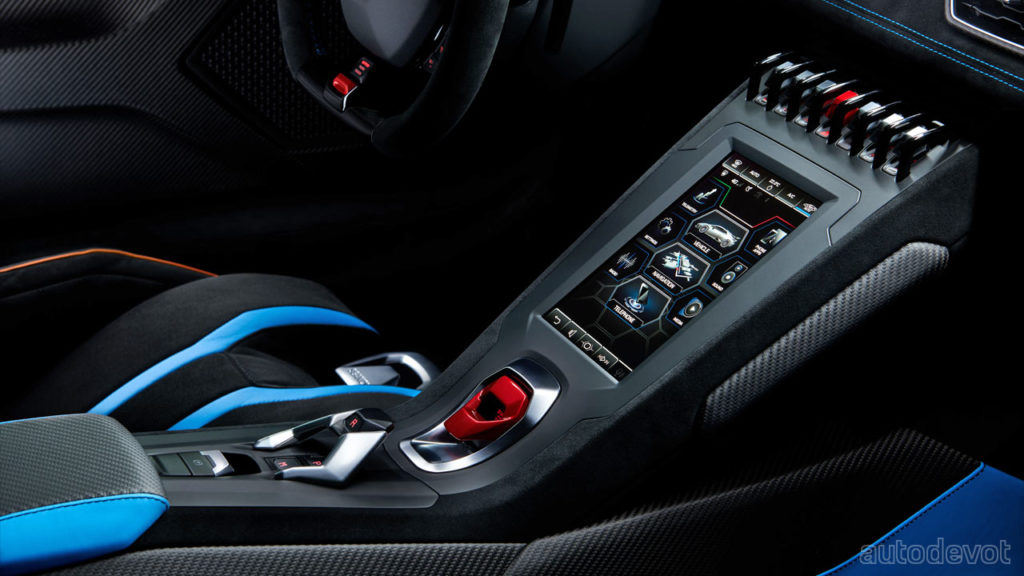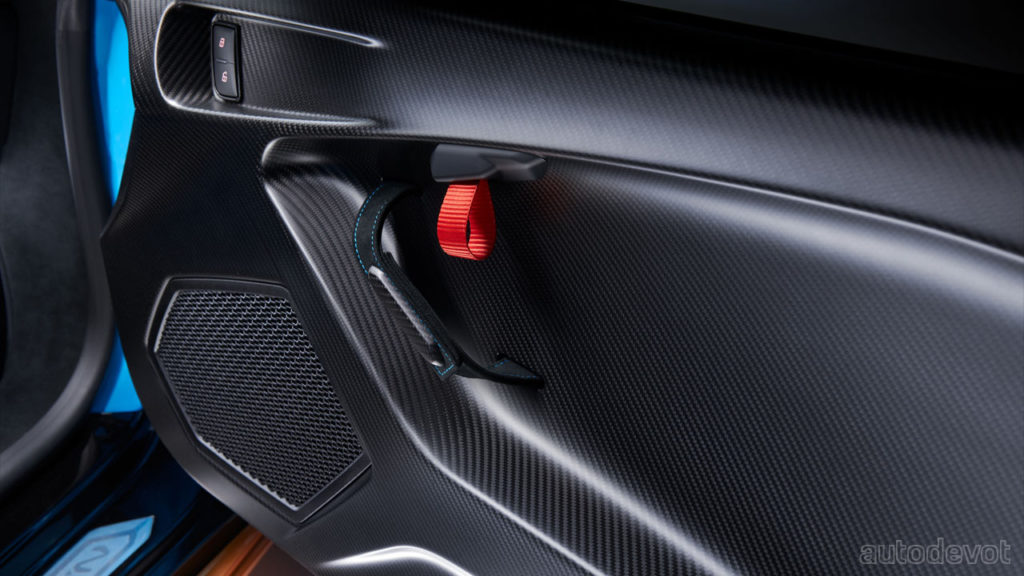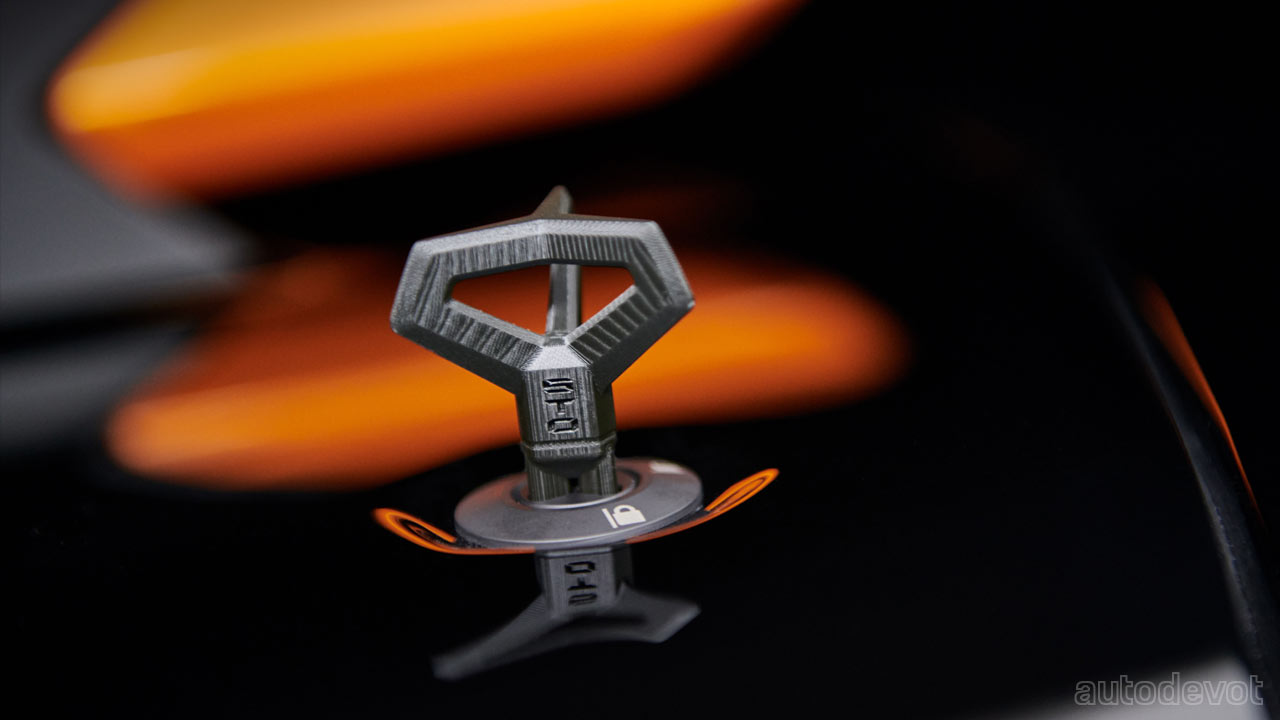From racetrack to roads
That’s right. Just when everyone was about to think that the Performante is the pinnacle of the Huracán lineup, Lamborghini has revealed the Huracán STO, which borrows a lot from the Huracán Super Trofeo EVO and GT3 EVO race cars. So, where should we begin? I think we should begin with the name itself, which stands for Super Trofeo Omologata.
For you and me, it simply translates to a road-homologated race car. The STO is a collaboration between Lamborghini’s R&D, Squadra Corse and Centro Stile departments. From some angles, many angles, it reminds me of the Veneno, especially when you look at the shape of those front wheel arches; the fin-scoop combo at the rear, and of course, those massive bonnet vents. In fact, the shape of the bonnet with those ducts was inspired by the Sesto Elemento.
The example here is finished in a very attractive Blu Laufey paint with Arancio California accents.
The STO features a clamshell bonnet, which Lamborghini calls ‘cofango’, which is a combination of the words ‘cofano’ (hood) and ‘parafango’ (fender). Notice how the clamshell integrates the entire front section of the car; the inspiration for it came from the Miura. As shown in the sketch above, there’s a dedicated space for a racing helmet underneath the clamshell bonnet.
And, the wing. We need to talk a little bit about that massive rear wing. It is, of course, a manually adjustable wing with double airfoil. The lower part of the airfoil can be rotated into three positions to enhance the rear downforce.
By reducing the gap between the front and rear airfoil, compression is increased on the upper side, upping the suction intensity and extension on the bottom of the front airfoil. The aero balance of the car can thus fluctuate by 13%, adapting the STO to different driving styles and conditions.
Also, the STO is claimed to achieve the highest level of downforce in its class with the best aero balance for a rear-wheel-drive car. The overall airflow efficiency is improved by 37% and the downforce is up by 53% over the Performante.
The STO is fitted with Brembo CCM-R brakes that are claimed to offer four times higher thermal conductivity than traditional CCB. Stress resistance is 60% higher, with maximum brake power improved by 25% and longitudinal deceleration by 7%.
About 75% of the car’s exterior panels are made of carbon-fibre. For the other panels including the rear fenders, an aerospace-derived “carbon-fibre sandwich” technique has been used, which makes up the remaining 25%. According to Lamborghini, it maintains the same structural rigidity. Other weight cutting measures include a windscreen that is 20% lighter than the one on the Huracán Performante, and magnesium rims that further cut down weight over aluminum alloys. The wheels are wrapped with bespoke Bridgestone Potenza tires, available in two versions: a road-focused and a more track-oriented.
As for the weight of the car itself, it boasts a dry weight of 1,339 kg (2,952 lbs), which makes it 43 kg (95 lbs) lighter than the Performante. When you combine that with 640 metric hp, the STO boasts a weight-to-power ratio of 2.09 kg/hp.
As for the suspension, the STO gets stiffer bushings, and MagneRide 2.0.
In the cockpit, the driver gets to play with three new ANIMA driving modes. The default STO mode is for driving on roads and having some fun at corners; the Trofeo as the name suggests is optimized for track use; and the Pioggia (rain) mode optimizes traction control, torque vectoring, rear-wheel steering and the ABS on wet asphalt.
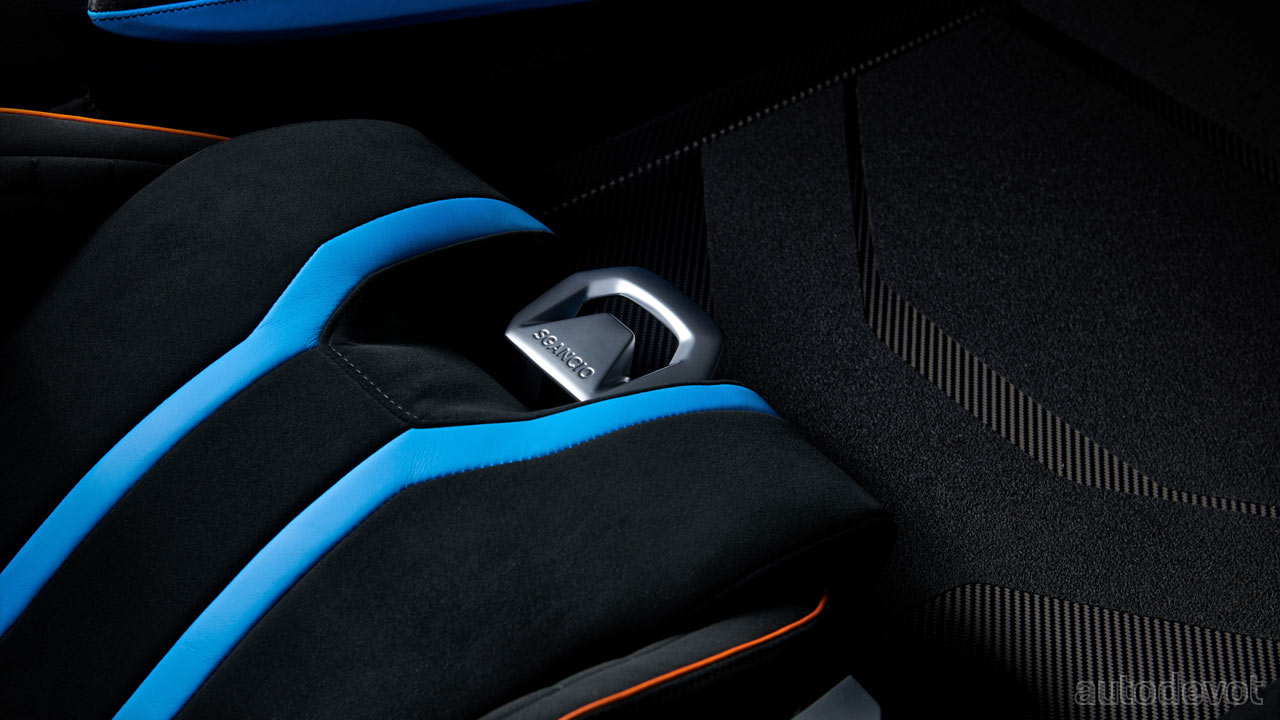
Generous amounts of exposed carbon-fibre and Alcantara can be found inside the cockpit. Even the floor mats are made of carbon-fibre. The rear roll cage, developed in collaboration with Akrapovič, is made of a high-grade titanium alloy and is claimed to be 40% lighter than a stainless-steel one.
As for the powertrain, the 5.2L V10 is still naturally aspirated. Here in the STO, it offers 470 kW (640 hp) and 565 Nm (417 lb-ft) of torque — 35 Nm less than the Performante, but makes up for it with its lightweight credentials. The gearbox remains to be a 7-speed DCT, which as mentioned earlier, sends power to the rear wheels only.
The claimed performance figures are as follows: 0-100 km/h (62 mph) in 3.0 seconds, 0-200 km/h (124 mph) in 9.0 seconds and a top speed of 310 km/h (193 mph). The 0-100 km/h sprint time is 0.1 seconds slower than the Performante and so is the top speed, which is a shortage of 15 km/h. So, does that mean the Performante is still the pinnacle of the Huracán lineup? I don’t know yet.
Anyway, the Huracán STO is priced at €249,412 in Europe and US$ 327,838 in the United States. Deliveries will commence in spring 2021.

Leave a Reply
Note: Comments that are unrelated to the post above get automatically filtered into the trash bin.
